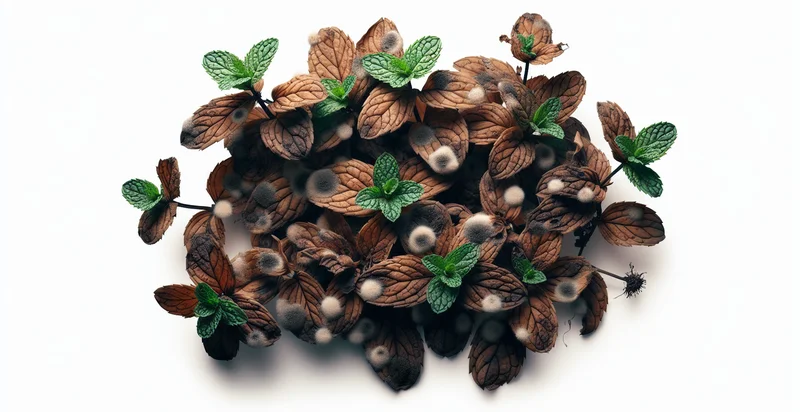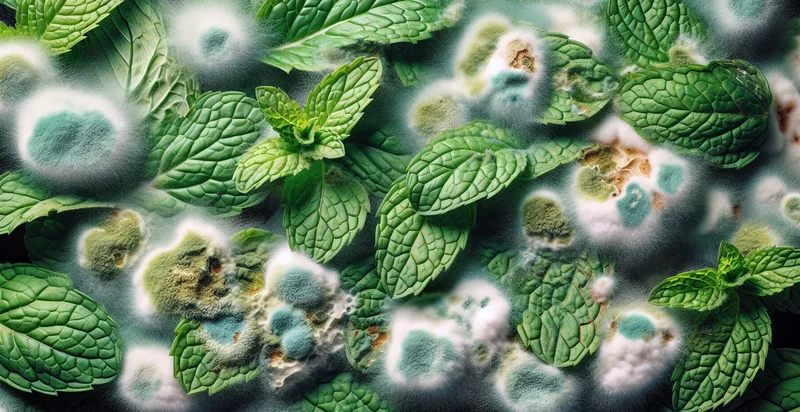Identify if mint is rotten
using AI
Below is a free classifier to identify if mint is rotten. Just upload your image, and our AI will predict if the mint is rotten - in just seconds.

Contact us for API access
Or, use Nyckel to build highly-accurate custom classifiers in just minutes. No PhD required.
Get started
import nyckel
credentials = nyckel.Credentials("YOUR_CLIENT_ID", "YOUR_CLIENT_SECRET")
nyckel.invoke("if-mint-is-rotten", "your_image_url", credentials)
fetch('https://www.nyckel.com/v1/functions/if-mint-is-rotten/invoke', {
method: 'POST',
headers: {
'Authorization': 'Bearer ' + 'YOUR_BEARER_TOKEN',
'Content-Type': 'application/json',
},
body: JSON.stringify(
{"data": "your_image_url"}
)
})
.then(response => response.json())
.then(data => console.log(data));
curl -X POST \
-H "Content-Type: application/json" \
-H "Authorization: Bearer YOUR_BEARER_TOKEN" \
-d '{"data": "your_image_url"}' \
https://www.nyckel.com/v1/functions/if-mint-is-rotten/invoke
How this classifier works
To start, upload your image. Our AI tool will then predict if the mint is rotten.
This pretrained image model uses a Nyckel-created dataset and has 2 labels, including Fresh Mint and Rotten Mint.
We'll also show a confidence score (the higher the number, the more confident the AI model is around if the mint is rotten).
Whether you're just curious or building if mint is rotten detection into your application, we hope our classifier proves helpful.
Related Classifiers
Need to identify if mint is rotten at scale?
Get API or Zapier access to this classifier for free. It's perfect for:
- Quality Assurance in Food Industry: Implement the mint rot identifier to ensure that only fresh mint leaves are used in food products. This can help businesses maintain high quality standards, reduce waste, and enhance customer satisfaction by delivering safe and appealing products.
- Inventory Management for Restaurants: Restaurants can utilize the mint rot identifier to assess the freshness of mint in their inventory. By automatically identifying spoiled mint, managers can optimize stock levels, reduce costs, and minimize food waste.
- Supply Chain Monitoring: Wholesalers and distributors can employ the mint rot identifier during transit to monitor the quality of mint leaves. This real-time monitoring can ensure that only fresh products reach retailers or consumers, thereby improving overall supply chain efficiency.
- Precision Agriculture: Farmers can integrate the mint rot identifier into their farming practices to monitor the health of their mint crop. Early identification of decay allows for timely interventions, supporting better yields and lower crop loss.
- Home Gardening App: A gardening app can incorporate the mint rot identifier to help home gardeners determine the health of their mint plants. By providing instant feedback, the app can guide users on proper care and maintenance to improve plant health.
- E-commerce Quality Control: E-commerce platforms selling fresh produce can implement the mint rot identifier as part of their quality control processes. This feature can enhance consumer trust by ensuring that only high-quality mint is sold online, leading to better ratings and repeat customers.
- Recipe Application Management: A recipe management application could integrate the mint rot identifier to alert users about the freshness of ingredients before cooking. This feature can enhance users’ culinary experiences by ensuring the best flavor and safety in cooking.


